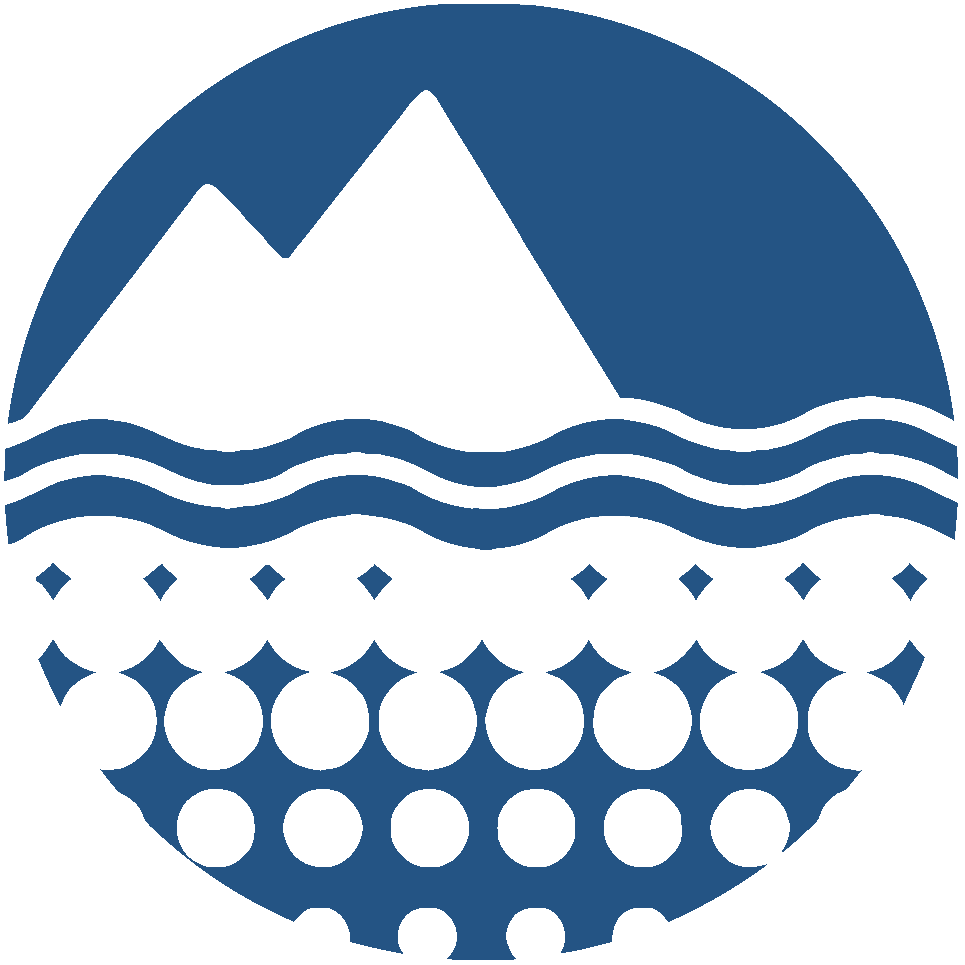

|
Postdoctoral Fellowship: OPP-PRF: Disentangling Ice-sheet Internal and Basal Processes through Novel Ice-penetrating Radar Integration Built on Scalable, Cloud-based Infrastructure
Short Title:
Disentangling Ice-sheet Internal and Basal Processes
Start Date:
2023-09-15
End Date:
2025-08-31
Project Website(s)
Description/Abstract
Ice flow is resisted by frictional forces that keep a glacier from immediately sliding into the ocean. Friction comes in two varieties: internal friction within the ice column which resists ice deformation and basal friction which resists ice sliding over its bedrock substrate. Partitioning between internal and basal friction is difficult since both have similar expressions at the most common target for data collection—the ice-sheet surface. However, understanding this partitioning is important because the physical processes that control internal and basal friction act and evolve at different timescales. This project combines spaceborne remote sensing observations from the ice-sheet surface with ice-penetrating radar data that images the internal structure of the ice sheet in order to partition the contribution of each source of friction. Results will advance the fundamental understanding of ice flow and will strengthen projections of future sea-level rise. Broader Impacts of the project include facilitating data reuse for the ice-sheet research community; the strategy for distributing the software toolkit includes student mentorship and hackathon teaching. The researcher will expand the impact of existing ice-penetrating datasets by 1) developing new open-source algorithms for extraction of englacial stratigraphy; 2) creating stratigraphy data products that can be assimilated into future studies of ice motion; and 3) using statistical analyses to integrate radar datasets into larger-scale interpretations with remote sensing datasets of ice-surface velocity, altimetry, climate variables, and model-derived basal friction. The computational tools developed as part of this effort will be integrated and released as a reusable software toolkit for ice-penetrating radar data analysis. The toolkit will be validated and tested by deployment to cloud-hosted JupyterHub instances, which will serve as a singular interface to access radar and remote sensing data, load them into a unified framework, step through a predefined processing flow, and carry out statistical analyses. In some areas, the imaged englacial stratigraphy will deviate from the ice-dynamic setting expected based on surface measurements alone. There, the internal dynamics (or ice-dynamic history) are inconsistent with the surface dynamics, likely because internal friction is poorly constrained and misattributed to basal friction instead. This work will develop the data and statistical tools for constraining internal friction from ice-penetrating radar, making those data products and tools available for future work. This award reflects NSF's statutory mission and has been deemed worthy of support through evaluation using the Foundation's intellectual merit and broader impacts review criteria.
Personnel
Funding
AMD - DIF Record(s)
Data Management Plan
None in the Database
Product Level:
2 (derived data)
Datasets
Publications
Keywords
Platforms and Instruments
|
This project has been viewed 105 times since May 2019 (based on unique date-IP combinations)